My first question here at Stackoverflow... hope my question is specific enough.
I have an array in Swift with measurements at certain dates. Like:
var myArray:[(day: Int, mW: Double)] = []
myArray.append(day:0, mW: 31.98)
myArray.append(day:1, mW: 31.89)
myArray.append(day:2, mW: 31.77)
myArray.append(day:4, mW: 31.58)
myArray.append(day:6, mW: 31.46)
Some days are missing, I just didn't take a measurement... All measurements should be on a line, more or less. So I thought about linear regression. I found the Accelerate framework, but the documentation is missing and I can't find examples.
For the missing measurements I would like to have a function, with as input a missing day and as output a best guess, based on the other measurements.
func bG(day: Int) -> Double {
return // return best guess for measurement
}
Thanks for helping out. Jan

